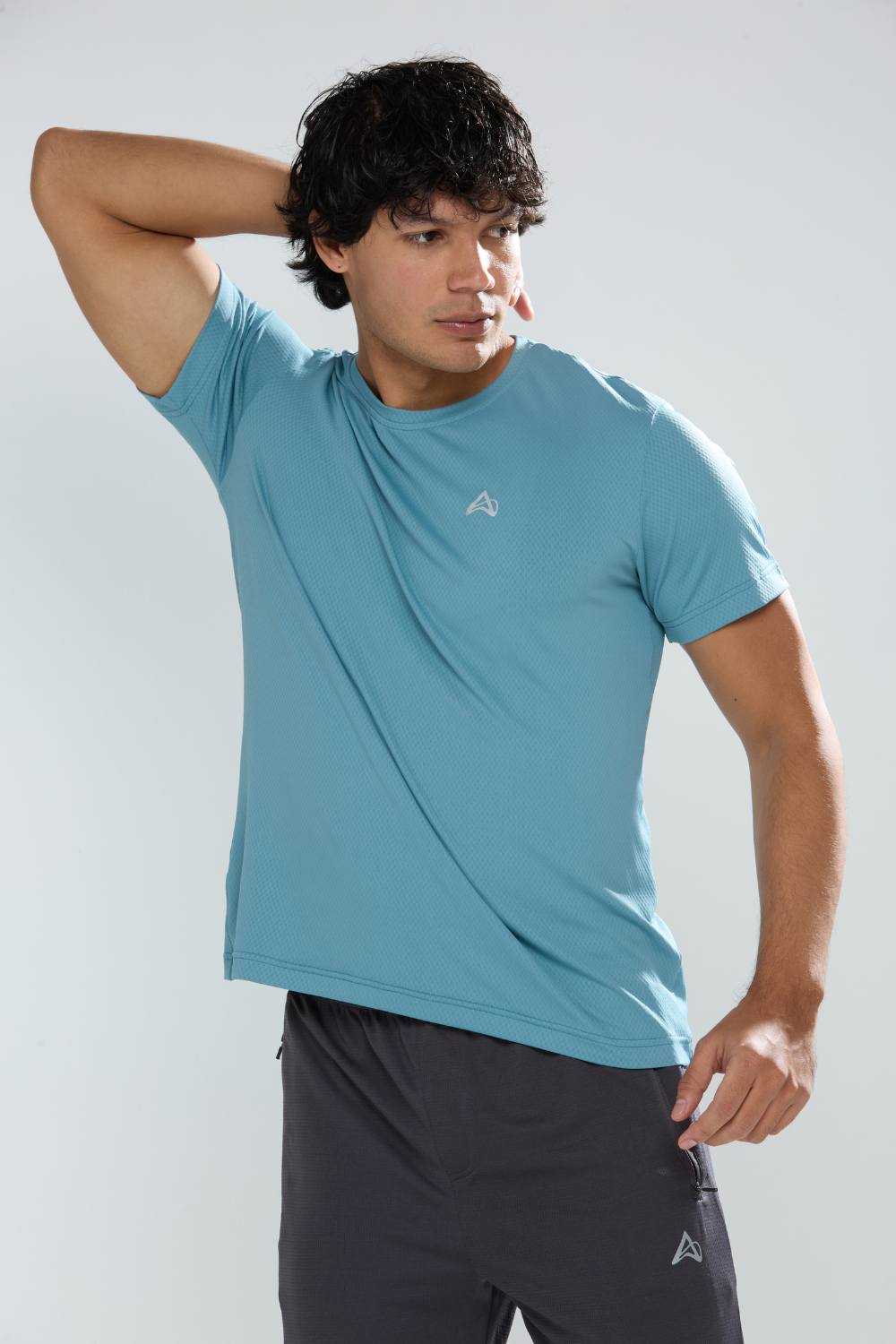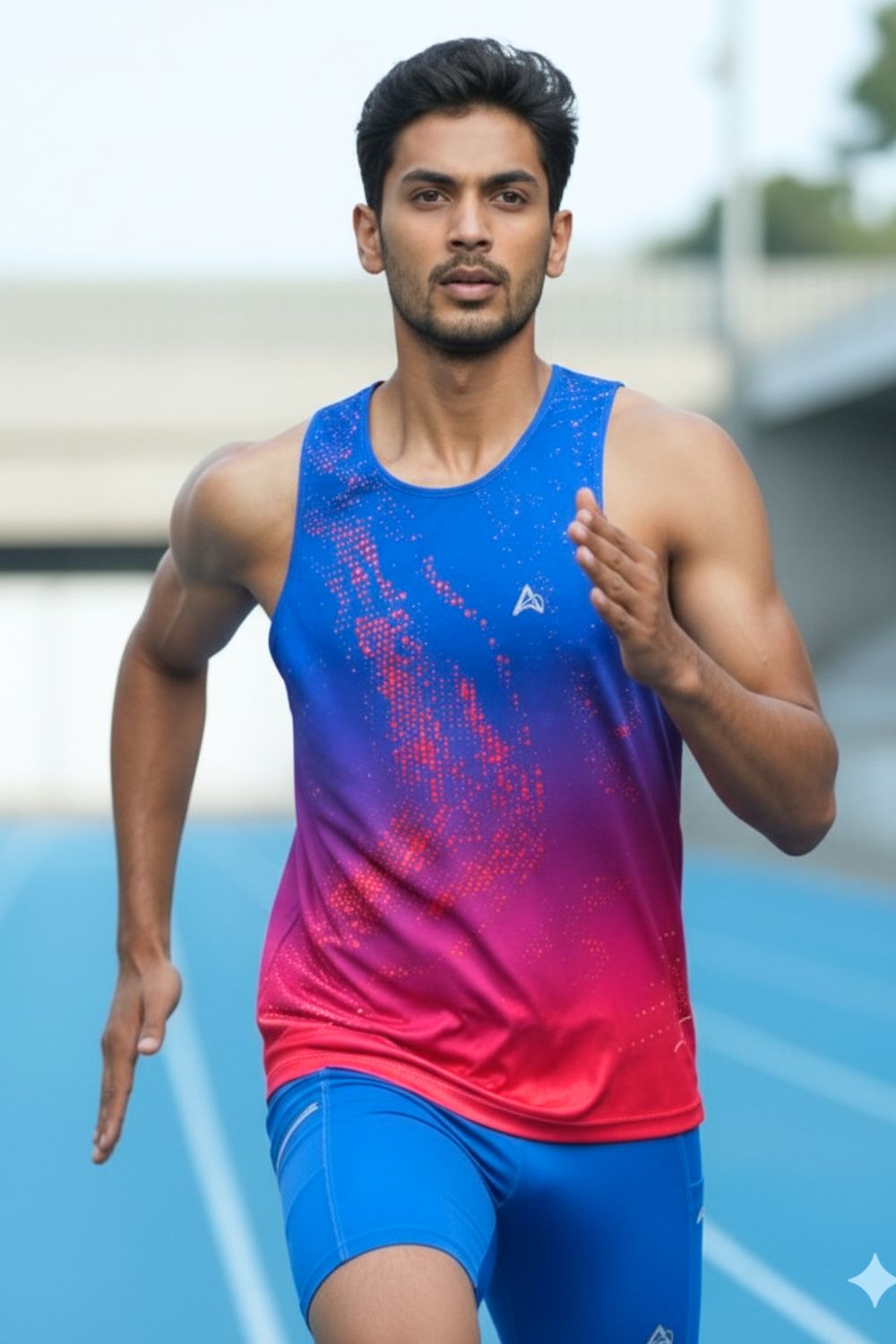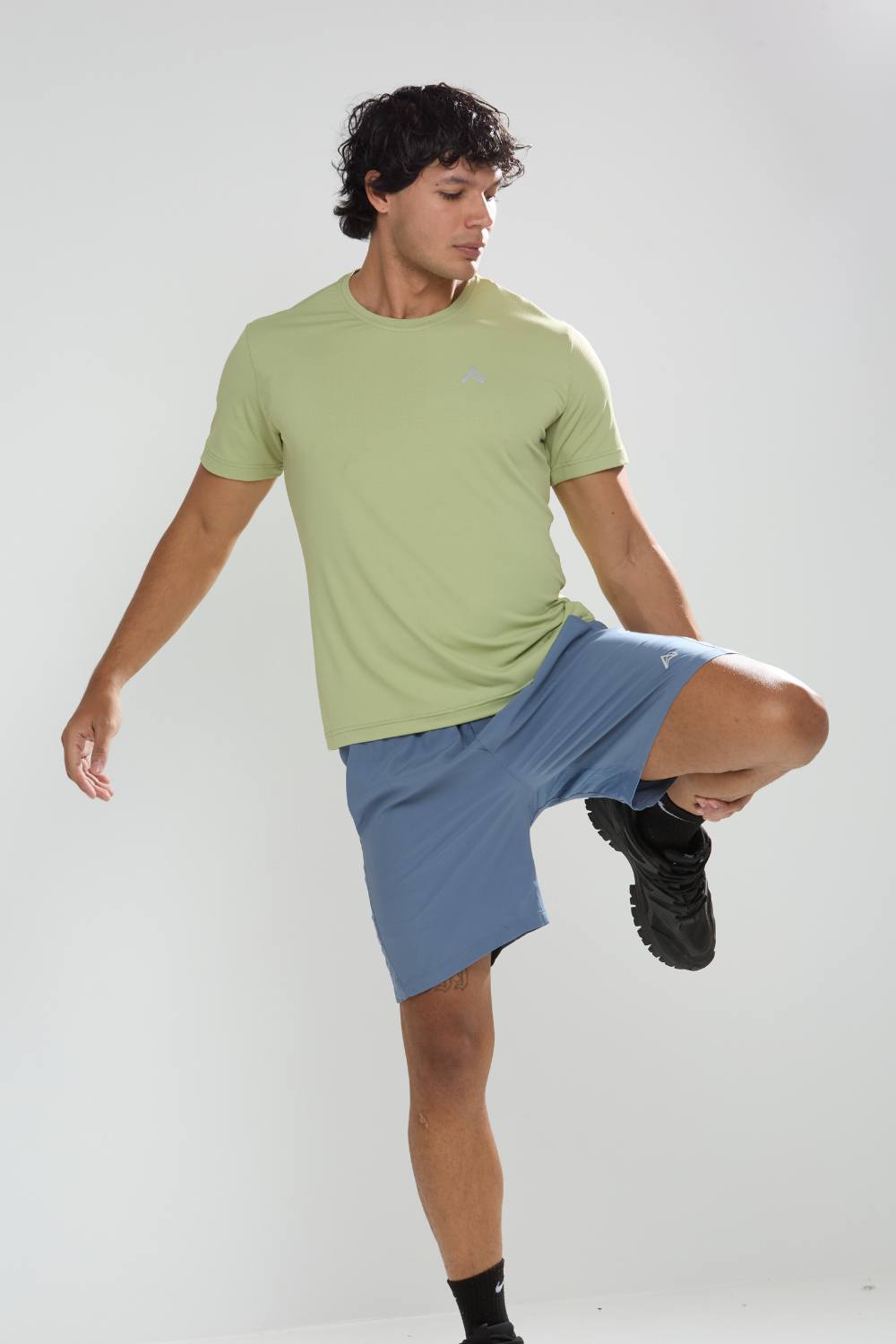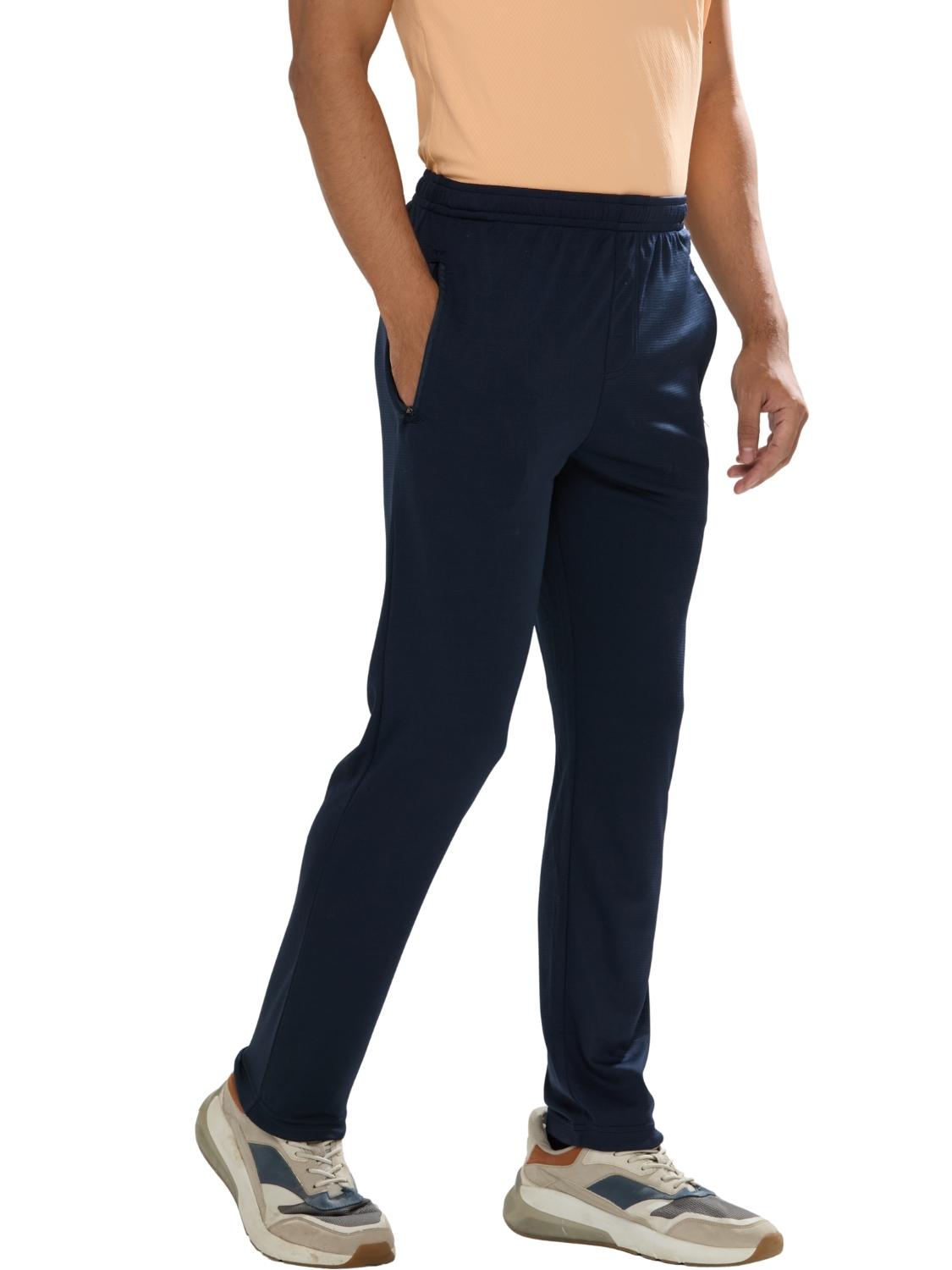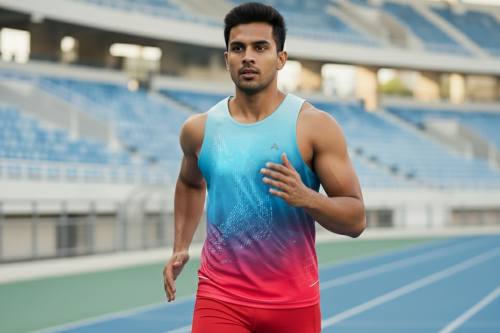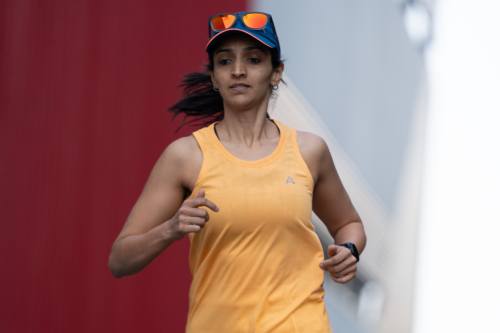Imagine lacing up your shoes for a dawn run through the misty streets of Bangalore, only to find your gear fighting you every step fabric bunching, seams digging in, sweat pooling in all the wrong places. For dedicated endurance athletes, such frustrations aren't mere annoyances; they can sabotage months of preparation and turn potential triumphs into painful setbacks. Yet, a subtle shift in apparel design is changing the game: ergonomic tailoring, which promises to harmonize clothing with the body's innate rhythms, making long-distance efforts feel more intuitive and less laborious. This innovation isn't fleeting fashion it's a fundamental evolution in how we approach high-performance running and training wear.
Tired of gear that slows you down? Chafing, soggy fabrics, and missing pockets kill your run's momentum. At Aguante, we're runners who get it. Our high-performance activewear features moisture-wicking fabrics, ergonomic designs, and smart storage to keep you focused. Shop Now!
Unlocking the Essentials of Ergonomic Tailoring in Running Gear
In the demanding world of endurance sports, where every ounce of efficiency counts, comfort emerges as a non-negotiable pillar of success. Seasoned runners, who rack up countless kilometers on diverse terrains, understand this intimately: ill-fitting apparel can lead to blisters, constrained mobility, or thermal imbalances that undermine even the most rigorous regimens. This is where ergonomic tailoring steps in a sophisticated methodology that synchronizes garment construction with human biomechanics. Far from simply incorporating elastic materials, it involves meticulously engineering clothes to amplify movement, alleviate pressure, and allow athletes to concentrate solely on their performance trajectory.
The momentum behind this approach is building rapidly, as more runners insist on equipment that integrates seamlessly with their physiology. In vibrant hubs like Hyderabad and Mumbai, where marathons navigate crowded avenues and fluctuating climates, these tailored solutions are becoming indispensable. They confront the distinctive challenges of Indian running environments scorching temperatures, sudden rains, and irregular surfaces delivering superior ventilation and resilience. Forward-thinking brands are rising to the occasion, fusing ingenuity to address these demands, with Aguante serving as a prime example of how regional expertise can rival international benchmarks.
As explored in Ergonomic Tailoring: The Key to Unlocking Comfort and Performance in Endurance Apparel, the benefits extend beyond superficial appeal. A well-executed ergonomic configuration can dramatically lower injury probabilities by bolstering critical muscle areas and eliminating abrasive contacts. For those testing their boundaries in ultra-marathons or intense training cycles, it represents the critical divide between achieving record times and succumbing to avoidable strains.
To truly appreciate its value, consider the broader context of athletic wear evolution. Historically, running apparel focused on basic coverage and minimal weight, often overlooking the dynamic interplay between fabric and flesh during prolonged activity. Ergonomic tailoring rectifies this by prioritizing anthropometric data measurements of human form and function to craft pieces that adapt rather than restrict. This shift not only enhances endurance but also fosters a psychological edge, as runners feel supported rather than hindered.
Trends Shaping the Future of Ergonomic Tailoring in Endurance Wear
At its essence, ergonomic tailoring revolves around sculpting attire to echo the body's natural silhouettes and kinetics. Diverging from standard activewear, which may sag in spots or constrict others, these advanced garments employ exacting patterns, thoughtfully placed joins, and adaptable textiles to facilitate unrestricted articulation. Envision running shorts featuring contoured edges that align with thigh curvature or tops with engineered armholes that remain stable through dynamic swings.
This methodology starkly contrasts with conventional paradigms that often favored visual appeal over utility. Traditional outfits might appear streamlined yet falter under extended duress materials gather awkwardly, compartments shift disruptively, and edges provoke irritation. Ergonomic innovation inverts this priority, leveraging anatomical principles to forge an unobtrusive bond between wearer and wardrobe.
Cutting-edge technology underpins these advancements. Techniques such as 3D body mapping gather extensive metrics to customize accommodations for multifaceted physiques, particularly pertinent in diverse populations like India's. Motion analysis systems, adapted from cinematic and interactive media, dissect athletic gestures to refine creations that minimize resistance and boost efficacy. Fabric breakthroughs further elevate the standard: rapid-drying threads that expedite perspiration evaporation, or hygienic coatings that combat scents during exhaustive outings.
Aguante exemplifies this integration, meticulously incorporating features like stable, vibration-resistant storage and friction-resistant interiors. Their offerings transcend generic categories; they're calibrated for authentic Indian scenarios steamy atmospheres in Pune, arid tracks in Ahmedabad, or bustling disarray in Delhi and Gurugram. Safety elements like luminous accents provide crucial sightlines in dim settings, prevalent in predawn routines in Surat and Navi Mumbai. This fusion of sophistication and utility is propelling ergonomic tailoring toward widespread adoption, appealing to both elite competitors and recreational enthusiasts.
Beyond core functionalities, emerging trends include smart integrations, such as embedded sensors for real-time feedback on posture and gait. These developments promise to personalize training further, allowing runners to adjust techniques on the fly and prevent overuse injuries before they manifest.
Practical Implementations and Illustrative Examples
Engage with committed runners, and narratives abound of equipment that either propelled victories or precipitated defeats. In grueling endurance competitions, where endurance wanes over extended durations, ergonomically optimized clothing proves its mettle. Consider participants navigating Hyderabad's sultry boulevards: aptly contoured bottoms with protective underlayers avert abrasions, enabling sustained posture without interruptions. Similarly, off-road explorers on Bangalore's peripheries benefit from ventilated, form-fitting uppers that regulate perspiration, maintaining thermal equilibrium despite erratic elements.
Entities embracing these tenets witness tangible advantages. Aguante distinguishes itself through rigorous evaluations with genuine participants in focal areas like Mumbai and Pune. Their creations boast impeccable adaptations suited to Indian morphologies wider pelvic structures, assorted statures guaranteeing neither constriction nor excess. Essential attributes such as evaporative textiles and visibility enhancements are integral, mitigating the interferences that undermine extended pursuits.
Social media amplifies this resonance. Across Instagram, Facebook, and YouTube, mentors and advocates disseminate transformations wrought by such attire. Accounts from minimalist footwear experts or jogging aficionados underscore ergonomic merits in tangible practices enhanced fluidity, reduced lesions, prolonged vitality. This extends beyond professionals; casual practitioners in Gurugram or Delhi attest to extended distances and swifter recuperations, courtesy of performance-centric prioritization.
A standout facet is Aguante's dedication to indigenous ingenuity. Whereas multinational conglomerates conceive remotely and impose steep tariffs, this entity furnishes premium, locale-tailored equipment at equitable rates. Participants value the endurance against moist landscapes sans fiscal strain, cultivating allegiance in saturated arenas. Moreover, by emphasizing secure compartments that remain static, anti-irritation safeguards, and optimal conformations validated by authentic users, Aguante ensures distraction-free mobility while safeguarding necessities.
Case in point: Influencers like those on barefoot coaching profiles or running devotion pages often showcase how these elements elevate daily regimens, turning routine jogs into empowering experiences.
Navigating Obstacles and Constraints
Naturally, ergonomic tailoring encounters impediments. Fabrication expenses escalate with bespoke components and apparatuses like volumetric imaging, challenging nascent enterprises to expand. Bulk manufacturing frequently grapples with dimensional inclusivity; universal sizing falls short, notably in territories with distinct somatic diversities.
Firms counter this via adaptable architectures or broadened spectra, though equilibrium remains elusive. Aesthetics pose another quandary functional emphases might yield bulkier silhouettes or atypical trims, dissuading fashion-oriented consumers. Entities must harmonize utility and allure, certifying that apparel performs impeccably while presenting attractively.
Nevertheless, the rewards are evident. Amid a domain where afflictions bench numerous aspirants, ergonomic emphasis cultivates durability, transmuting barriers into avenues for astute engineering. By addressing these head-on, brands not only refine products but also build trust in their commitment to athlete welfare.
Prospects, Streamlinings, and Commercial Ramifications
The athletic attire domain is flourishing, with ergonomic tailoring central to its ascent. Paralleling wider patterns, the worldwide functional workwear apparel sector stood at $5.6 billion in 2022 and is anticipated to attain $9.1 billion by 2032, expanding at a 5.2% compound annual growth rate from 2023 onward. This expansion arises from amplified attention to job-related protection, scientific progressions, sector-particular requisites, and heightened embrace of environmentally conscious methodologies elements resonating within stamina clothing.
Although occupational attire serves fields like building, production, medical care, and farming, the tenets intersect: bespoke garments augment security and output. For joggers, this translates to outfits diminishing harm potentials, refining execution in arduous settings. Requirement intensifies in India's wellness landscape, with metropolitan epicenters such as Bangalore and Mumbai witnessing amplified seekers of superior alternatives.
Furthermore, ergonomic garments advance eco-responsibility. Robust constructions endure longer, diminishing discards, whereas permeable substances foster well-being, curtailing absences from overexertions. Ventures like Aguante leverage this, proffering merit-oriented items that engender devotion amidst escalating rivalry. Technological strides have spurred novelties including humidity-dispersing cloths, aerated substances, elastic weaves, and biomechanical configurations, customized for precise necessities like static-proof outfits for gadget assembly or toxin-repellent garb for synthetic processing. There's also escalating favor for green workwear from natural and repurposed resources, syncing with sustainable norms.
Forward Perspectives, Specialist Views, and Guidance
Projecting forward, ergonomic tailoring anticipates thrilling advancements. Authorities predict responsive textiles that modulate to thermal variations or artificial intelligence-facilitated personalizations rendering bespoke attire ubiquitous. Over the ensuing decade, intelligent weaves could surveil kinetics instantaneously, calibrating adjustments dynamically.
For competitors, counsel is direct: Emphasize ergonomic equipment to fortify against traumas and amplify capabilities. Assess compatibilities in genuine scenarios traversing Delhi's avenues or Hyderabad's paths and pursue marques aligned with regional exigencies.
Conversely, enterprises ought to pioneer unceasingly. Assimilate critiques from communal avenues like Instagram and YouTube to hone conceptions. Aguante's paradigm merging universal excellence with Indian particularity charts the progression.
Ultimately, ergonomic tailoring transcends mere vestments; it empowers pursuers to venture boundless expanses. As the arena advances, investors therein will spearhead the vanguard, stride by assured stride.
Frequently Asked Questions
What is ergonomic tailoring in running gear and how does it differ from regular activewear?
Ergonomic tailoring is a sophisticated methodology that synchronizes garment construction with human biomechanics, using anatomical data to craft pieces that adapt rather than restrict movement. Unlike regular activewear that may sag or constrict during activity, ergonomic designs employ precise patterns, thoughtfully placed seams, and adaptable textiles to facilitate unrestricted movement and eliminate pressure points that can cause chafing or discomfort during long runs.
How does ergonomic tailoring help prevent injuries in endurance running?
Ergonomic tailoring dramatically reduces injury probabilities by providing targeted support to critical muscle areas and eliminating abrasive contacts that cause blisters and chafing. The precise fit and movement-optimized construction allow runners to maintain proper posture and form throughout extended training sessions, while moisture-wicking fabrics and ventilation features prevent thermal imbalances that can lead to overexertion and heat-related issues.
Why is ergonomic activewear particularly important for runners in India's climate?
Indian running environments present unique challenges including scorching temperatures, sudden rains, and high humidity levels in cities like Mumbai, Bangalore, and Hyderabad. Ergonomic tailoring addresses these conditions through superior ventilation systems, rapid-drying fabrics that expedite perspiration evaporation, and designs calibrated for diverse Indian body morphologies. Features like reflective elements for early morning runs and anti-odor coatings for extended wear make ergonomic apparel essential for India's demanding running conditions.
Disclaimer: The above helpful resources content contains personal opinions and experiences. The information provided is for general knowledge and does not constitute professional advice.
You may also be interested in: How Ergonomic Fit Improves Running Performance: A Deep Dive
Tired of gear that slows you down? Chafing, soggy fabrics, and missing pockets kill your run's momentum. At Aguante, we're runners who get it. Our high-performance activewear features moisture-wicking fabrics, ergonomic designs, and smart storage to keep you focused. Shop Now!
Powered by flareAI.co





